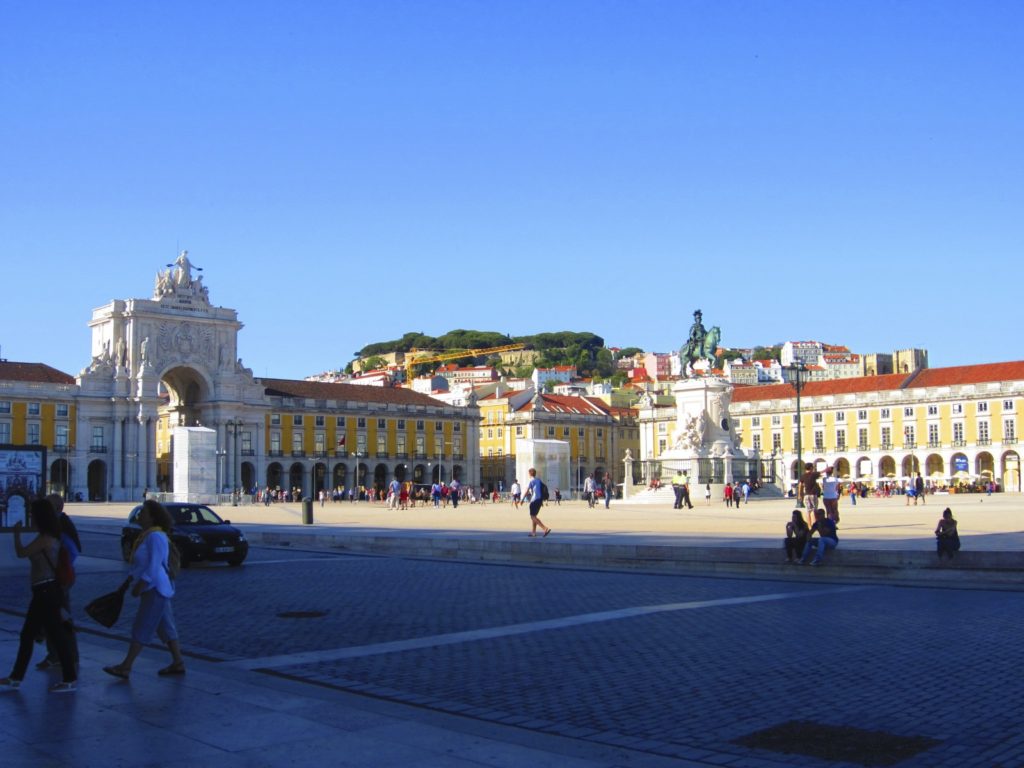
Most families have a black sheep, the person they store in the proverbial attic for fear of embarrassment, who they only acknowledge at funerals. I’ve probably been that person in my own family. Let’s face it, no one who walks multiple caminos could be considered sane, and the insane are rarely welcome in polite society. I’ve been fortunate to walk the Camino Francés, a beautiful journey of spiritual fulfilment, redemption and lasting friendships, the Norte and Primitivo, a challenging trek of stunning vistas and warm collegiality, and the Via de la Plata, an epic journey of haunting isolation that rewards endurance and perseverance. I’ve travelled the rainswept roads from Santiago to Finisterre, Muxia and back, where I descended to Hell and then back up to Heaven, and I also completed the scenic stretch of the Caminho Portuguese from Porto to Santiago.
After the Francés, the Portuguese is quickly becoming the most popular camino path. Few European cities could be more beautiful than Porto, and the routes that lead from there, either along the Atlantic coast, or inland through the lush rural heartland of northern Portugal, which was the path I chose, provide an ideal backdrop to complete a journey of the soul. But not everyone starts the Portuguese in Porto. Some gluttons for punishment decide to begin all the way down in Lisbon. This was the path that called me in 2015. Looking back, it may have been a hoax call. If there is a black sheep in the family of camino routes it is the road from Lisbon to Porto. Like all caminos it is a road of personal discovery, but one where you discover how much discomfort, hardship, isolation and desolation you can endure.
A CAMINO OF SEEKING
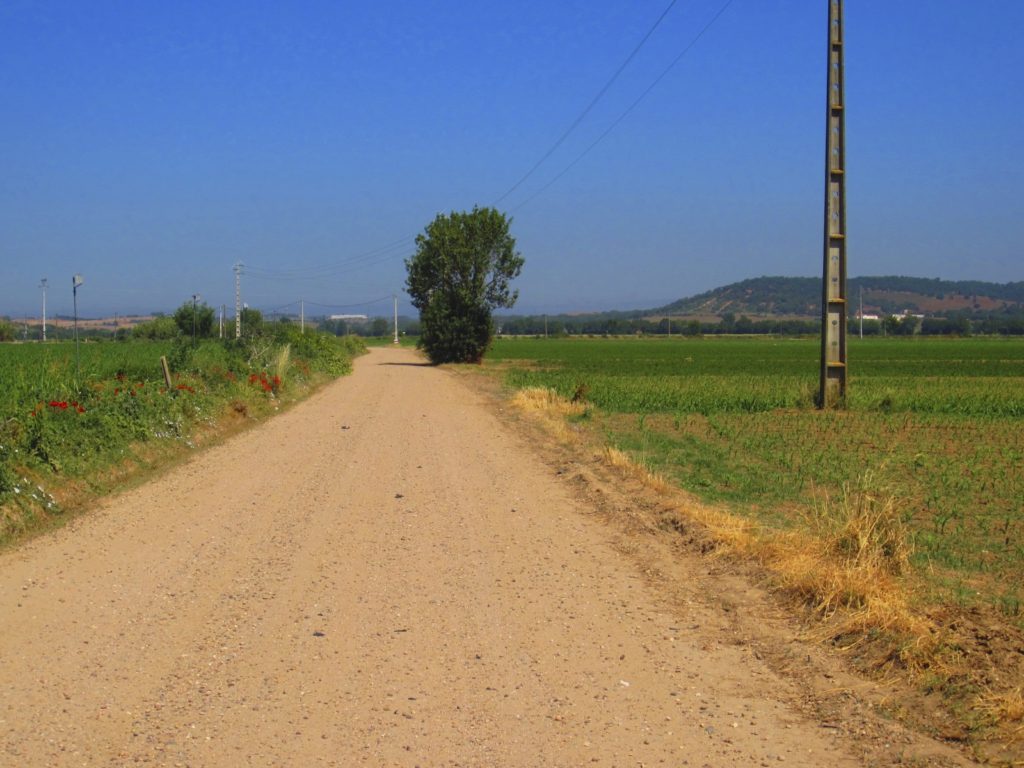
The spiritual dimension of the Camino is a central feature of most people’s journey. Many are devoutly religious or affiliated to a church, others are secular, while more again are atheists, but it would be hard to find a person who has dedicated a month or so of their lives to walking an arduous pilgrimage who does not engage in some soul searching, whether that is their explicit intention or not. The Camino Francés has grown rapidly in popularity since the turn of the century as a place for people to go to reconnect with something outside of themselves. That connection might be with their fellow pilgrims, the natural world, a simple lifestyle unencumbered by unnecessary material wants, or their own conception of God. What each pilgrim discovers along the way will be a product of their own intentions and openness, and the random factors that chance or fate or God puts in their way. No one who walks the Camino in full or in part will be unchanged by the experience. The Francés is considered to be a Camino of seeking, be it atonement, peace or redemption. The emptiness that often lies at the heart of contemporary Western culture is one factor that accounts for why so many people are willing to forego lives of comfort and put their bodies and minds through a comparatively gruelling ordeal, even if it is only for a few weeks.
Having walked the Francés twice, I decided to take one of the lesser known routes, the Caminho Portuguese, and I planned to start my journey way down south in Lisbon. I had walked my previous Camino in 2013 in a state of mid life angst, but much of the mind fog that had inspired me to walk that journey had started to lift. That Camino had provided a great tonic for the soul, and introduced me to wonderful people who helped me rediscover my way in life. By chance, or design, I had also stumbled upon some very good books of philosophy, theology, psychology and other sources of wisdom that had helped me to sidestep all the noise inside my head. I had always tried to find rational solutions to my issues, but this would always prove to be evasive. It’s never possible to catch all the mice that run around in the nooks and crannies of the mind. The more I chased them the more difficult they became to catch. Drawing on ancient techniques from Buddhism and other spiritual teachings I learned not to identify with my thoughts. What was past was over. What was future had yet to pass. All I had was the present moment and that’s where I had to live my life.
A CAMINO OF PAYBACK
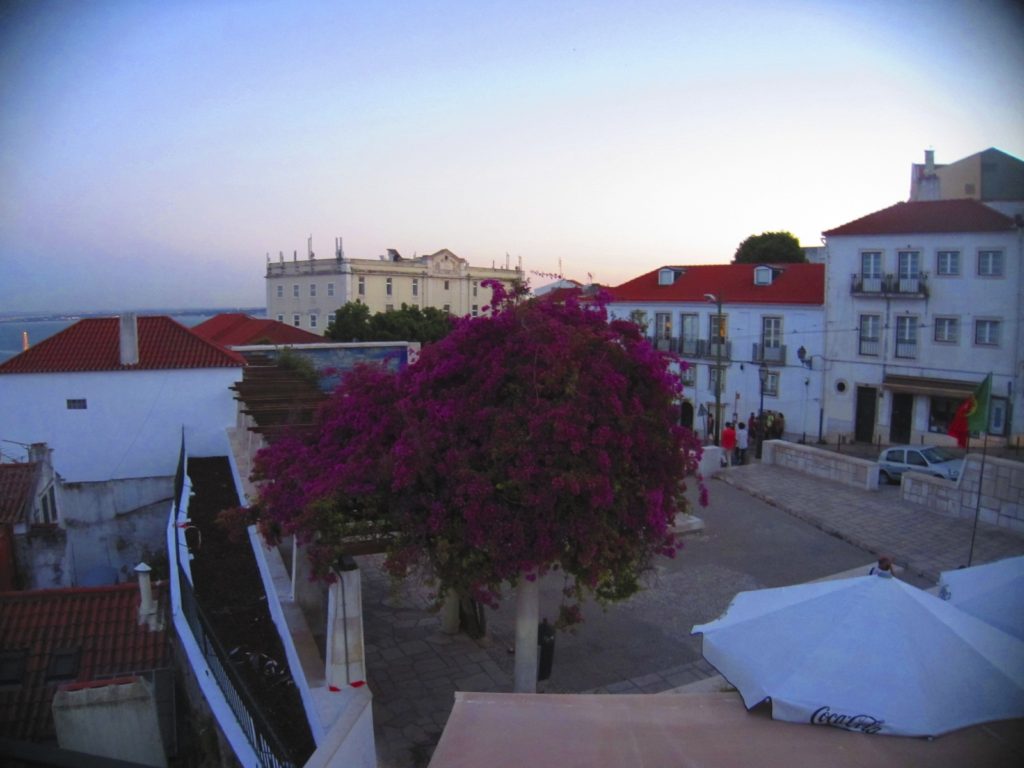
The Camino from Lisbon to Santiago (caminho in Portuguese) is about 640 KM long, although the more popular starting point is the city of Porto, about 370 km north of Lisbon. I had never been to that country before I landed there on an unseasonably hot Saturday afternoon in early summer. Portugal was supposed to have a more moderate climate than its neighbouring Spain, but it was experiencing a heatwave this year, something I hadn’t bargained for. Lisbon is certainly a pleasant city, full of grand and small plazas, inviting side streets and alleyways, castles, and sandy beaches. It felt a bit similar to Spain, only I didn’t feel quite at home here. Something was a bit off. I couldn’t quite put my finger on it, but I sensed that the road I was about to travel would be very different in character from the ones I had walked in the past. I spent three nights in the Portuguese capital to see the sights and get acclimatised, and then I was ready to start off on my journey back to Santiago.
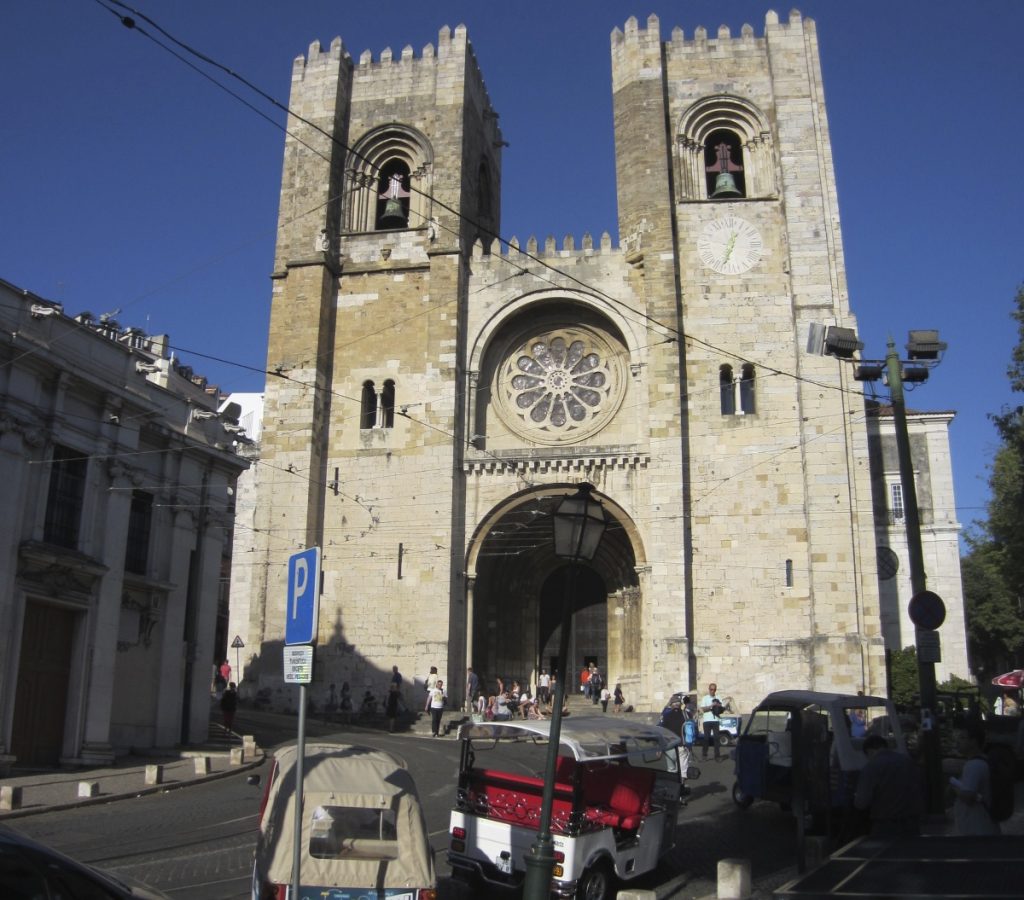
The eve of the Camino is usually a highly charged and emotional event. Pilgrims normally stay in a set location where they sign on for the journey, receive their credencial (the pilgrim’s passport which allows you to stay in albergues), and set their own intentions for the days and weeks ahead. None of that happens in Portugal. Credencials are purchased from the cathedral, but only when the kiosk is open, and its hours are irregular. There is no albergue in the city, so there is nowhere to meet any fellow pilgrims and discuss your plans, hopes and fears. Yellow arrows marking the way do exist, but beyond that it was frontier territory as far as walking the Way of Saint James goes. I set off from my hostel on a hot, sunny day in May. It was just a regular hostel in the centre of the city, where none of the staff or my fellow residents had even heard of this Camino. The same support structures that made the Francés a comparatively easy walk to complete would be far less in evidence here. I trusted that the Universe would get me to where I wanted to go, but the anxiety in me provoked the nagging fear that I would not get out of this alive.
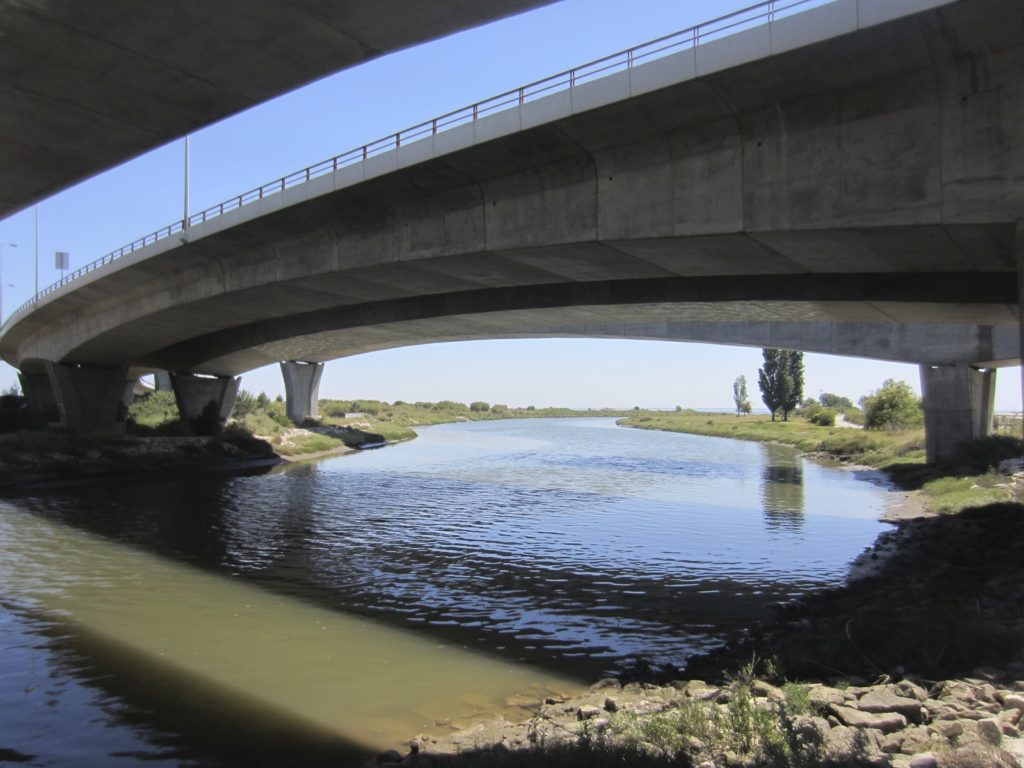
Though Lisbon hadn’t completely won me over, I was not averse to its faded and sometimes decadent beauty, but the leaving the city gave me a whole new perspective on the place. Whimsical cobbled stoned side streets gave way to soulless stretches of asphalt and concrete, the type that wouldn’t look out of place in the environs of a prison. I trundled along in the unseasonable heat, keeping my eyes peeled for the yellow arrows that would set me on course. The route passed gas works, road works, over underpasses, under overpasses, and the architecture along the route gave the sense that it was designed by someone whose work was so unimaginative it would have been rejected in Stalin’s Russia.
Within those first few hours the Portuguese Camino was quickly establishing itself as a Camino of payback. If my two trips on the Francés had given me gifts of friendship, family and redemption, the Portuguese was the subsequent bill plus a healthy whack of interest. The stages were long, the days were hot, the surfaces was hard, the albergues were scarce, and there seemed to be nothing in Portugal, like people, or shops that sold food. I was nursing a slight foot injury when I began my walk, which I hoped to shed along the way, yet the rubber ferules that I had bought to enable me to use my walking sticks on hard surfaces wore out before I had even escaped from Lisbon’s suburbs. I had been having bad vibes about this walk from the moment the wave of heat hit me on exiting Lisbon’s airport, and when the owner of the guest house in AIverca, where I stayed on the first night, refused to give me the change she owed me after paying for a room I started to think the Caminho Portuguese was the nasty evil twin of the charming and charismatic Camino Francés.
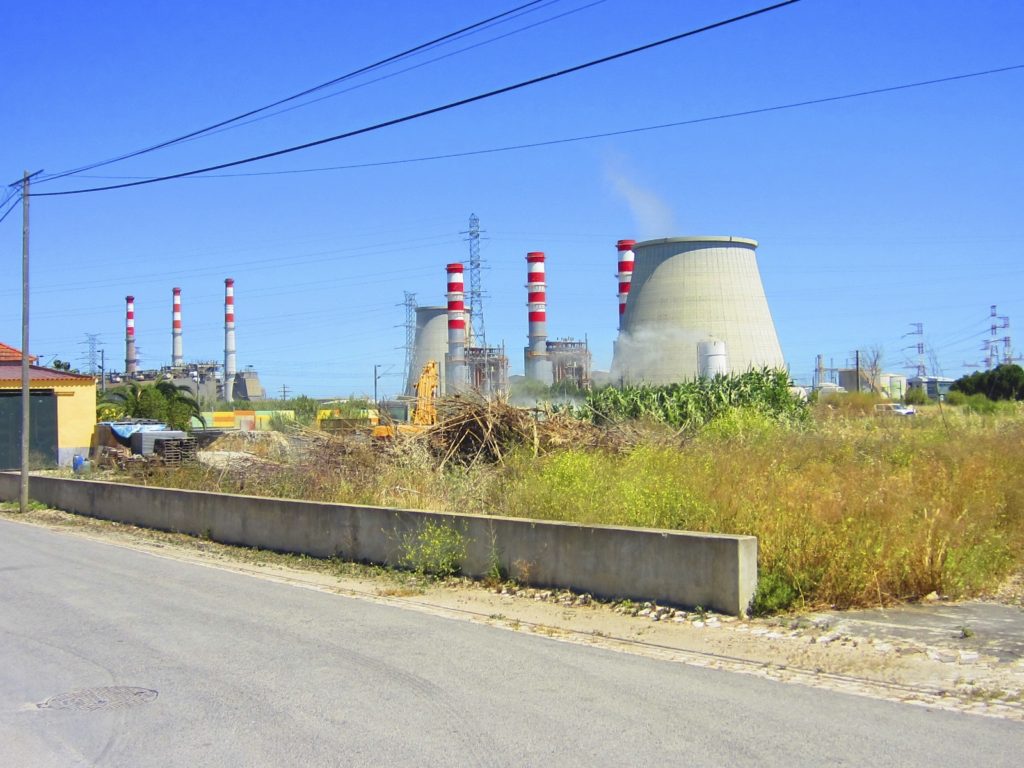
Predictably enough, I didn’t sleep very well that first night. The devious robbing owner of the guest house knowingly bade me farewell the next morning as I headed off on another near 30 KM hike to Azambuja. If the previous day’s walk was reminiscent of Stalin’s Russia, (or perhaps, more accurately, the lesser known dictator of Portugal for over 40 years, Antonio de Oliveiro Salazar), then today’s was like the Camino de Chernobyl. Industrial estates, electricity pylons and power stations were among the more attractive features of the day. The quaint white washed villages interspersed throughout provided some nice diversions, but while their quiet cobble stone streets were pleasing to the eye they most certainly weren’t accommodating to the feet. The final stretch of that day’s walk, 6 KM alongside the unprotected hard shoulder of a busy main road, with trucks speeding by mere centimetres away, brought a whole new level of menace to the camino. To cap off this day, the cosy little albergue where I spent the night flooded when the people in the flat upstairs forgot to turn off the water. Sometimes the Gods laugh at you. Life becomes a lot more difficult if you don’t laugh along with them.
A CAMINO OF PENANCE
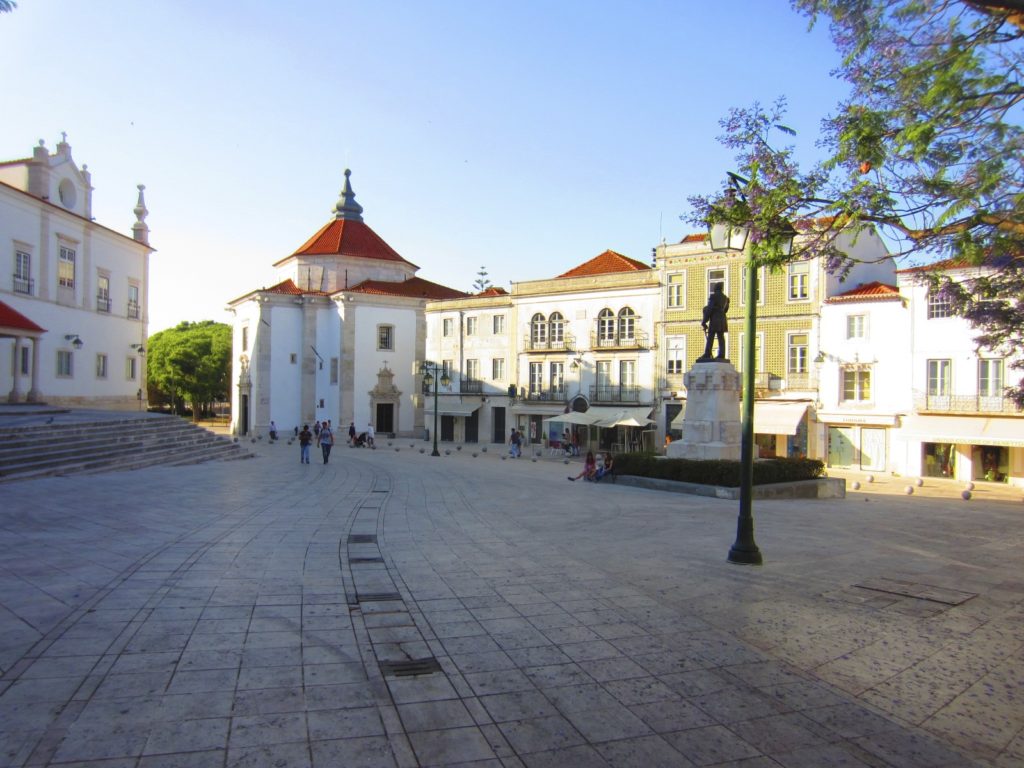
On my third night I found myself in a large town called Santarem. There I met three fellow pilgrims who had also begun in Lisbon. We stayed in a modern albergue run by a local man called Miguel, who, in addition to operating this business, spent his days driving along the Camino giving water to parched pilgrims struggling to maintain their strength and energy in the oppressive Portuguese sun. While this was my third camino, it was the first time I had walked in summer. As an Irishman, I can tolerate anything from 0 degrees to the high teens. Above 20 and it’s time to head for the beach. If it hits 30, it might be necessary to call for the paramedics. What I was experiencing now was a teaser trailer for an extended stay in Hell, or at least purgatory. Getting on the road early was essential to clock up a few kilometres in relative cool (read under 25), but by nine the hot sun was already beginning to smirk sadistically. The terrain, along the floodplains of the River Tagus, was agricultural and flat, serene but unspectacular, with lots and lots of road walking. It was proving to be a challenge, but not the undoing of me. Not yet, anyway.
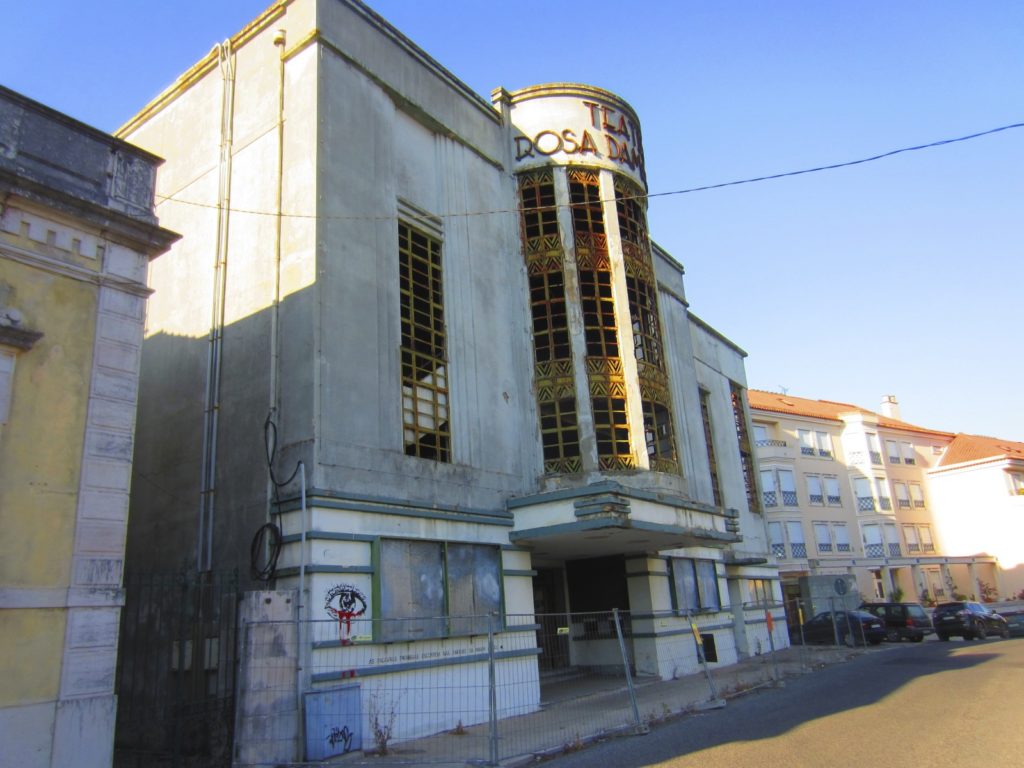
Santarem was a nice place to spend a night. A town petitioning for UNESCO world heritage status, it was full of curious squares, with medieval buildings of uniform white colour, lining narrow, haphazard, cobblestoned streets. I was particularly fascinated by the decaying ruins of an abandoned old theatre or cinema that stood prominently on a main street, but which had not seen activity or performances in some time. The collegiality that is abundant on the Camino Francés started to develop around the dinner table that evening as I shared stories with some of my fellow walkers. Of this group, one man was Dutch, who had recently retired from a career in the airline business, another man was English, whose job description in the hotel ledger said conductor. Whether that was of the bus, train, or orchestral variety I did not discover. Unlike many of the peregrinos on the Francés, none of us were virgin pilgrims. We had all done at least one camino before, and some were on their third or fourth. I chatted with an American woman about what brought her here and why she was walking the Portuguese. She thought about her motives and said that penance was one of them. She wasn’t going to be disappointed on that front. I wasn’t sure why I was on this journey. I certainly had more clearly defined motives for the first two times I walked pilgrimages, and I said that one of the reasons for walking this Camino for me was about offering thanks for the last one.
But the penance idea stayed with me. Although I had abandoned all formal religion in my late teens, it was hard to shake off a lot of its methods of persecution. Guilt would always follow me around like a malicious stalker, shame was never very far away either, and self doubt was their close cousin. Penance was not one of my primary reasons for walking the Caminho Portuguese, but I did feel this walk was a lot more challenging, testing, and unforgiving that the previous ones, and perhaps the process was to test my character and teach me lessons about endurance, hardship, isolation and survival. The idea of penance may not carry a lot of cache in the modern world, and the hedonistic lifestyle ushered in by our consumer culture places little emphasis on sin. Police forces and courts of law exist to enforce the man made laws of secular states, while the professions of psychotherapy and psychiatry provide balms and panaceas for troubled and conflicted minds. In this context, atoning for ones misdeeds or faults becomes an entirely personal matter. But perhaps we need to face up to our faults and our shortcomings from time to time, and we need to separate ourselves from our comfortable lives if for no other reason than to remind ourselves how lucky we are to have such a life to begin with. Penance may be considered a medieval concept, but its contemporary practice can have a much needed humbling effect on those who undertake it.
Sadly, I never saw those people I shared dinner with in Santarem again after that night. They all took a one day detour to the town of Fatima nearby, and they remained on a different path from me for the rest of the Way. There was the hint of the beginnings of a camino family that evening, but those three people would be added to the long list of one off friends with whom I shared some significant moments and derived a few nuggets of wisdom, but with whom I would not forge a lasting association.
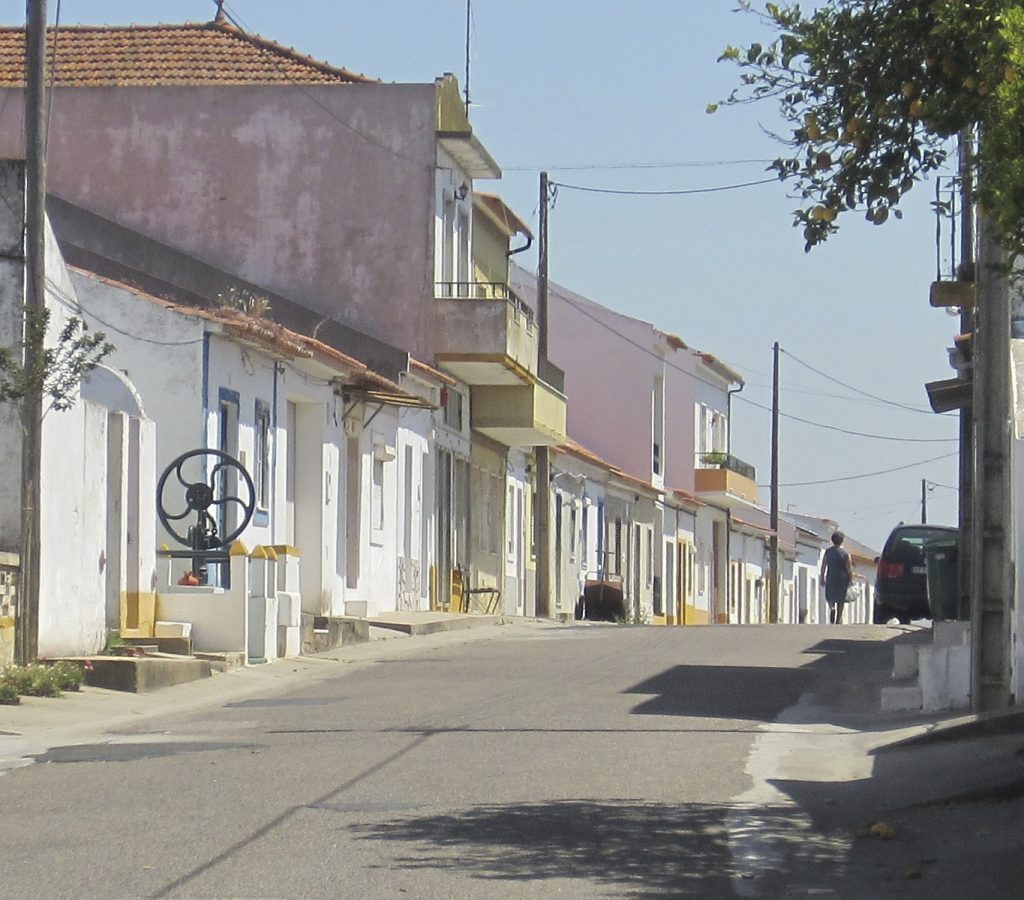
On the fourth day the walk was again long, flat and hot, while the route passed through a few villages where nary a man nor a dog stirred. The heat bore down upon me like a guilty conscience, and the search for water to stay hydrated became my main priority. The Universe mercifully presented water fonts to me at regular intervals, but the heat from the sun was unrelenting, and barely an ounce of shade covered me during the first fives hours of my walk. My destination that day was a village called Golega. It was a very smart and elegant town, clean and well maintained, whose centre was a triangle with a church in the middle, a few closed shops around the perimeter, and a series of streets forking out from there that offered more promise of life and activity. The Templars had been prominent in this region during the middle ages, and buildings, churches and other relics from a more prosperous bygone age were scattered around the landscape.
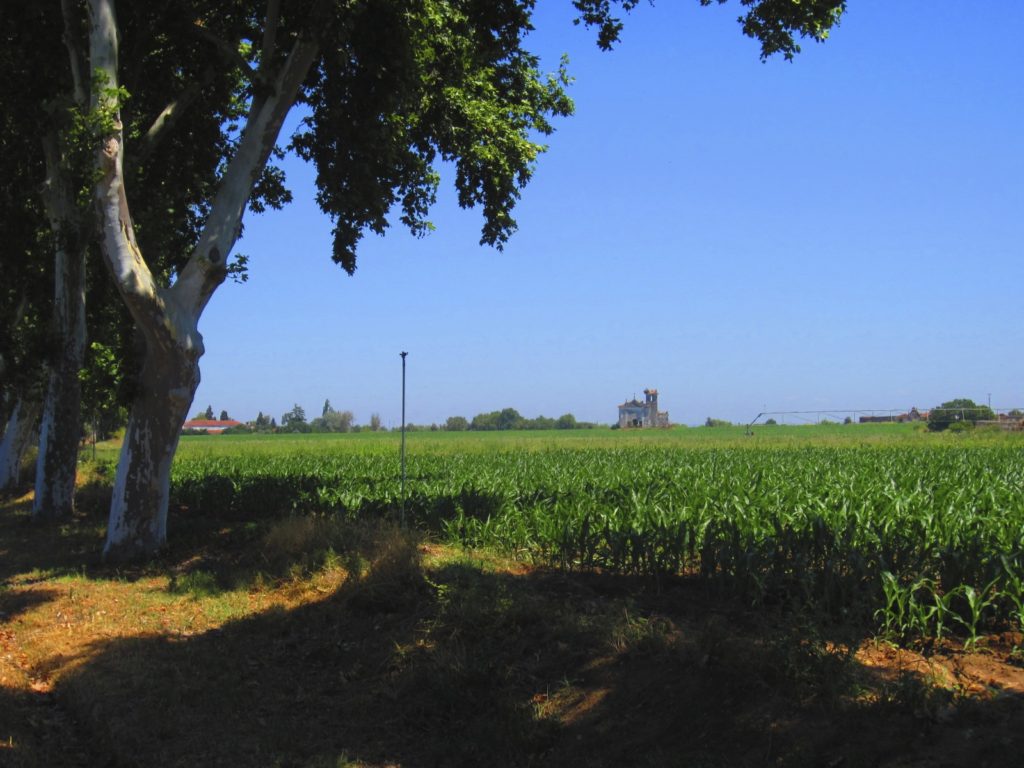
I was the guest of the local bombeiros (firefighters) that evening. Due to the shortage of albergues in Portugal, the bombeiros often accommodated pilgrims if they had space and weren’t too busy tackling infernos. These fire stations were run mostly by volunteers, and served as community centres as well. They offered a mattress on the floor and a shower, for which I was very grateful. No other pilgrims were anywhere to be seen that day, and while the town had an advertised population of 6,000 people it was difficult to spot any of the locals either. They may have been engaged in a game of hide and seek, or perhaps the Templars were still active and they were having a secret meeting that needed to be concealed from those foreigners that happened to wander through. Or maybe they had got word of Covid back in 2015, and were doing a practice run for the lockdowns that have been a regular feature of our lives in more recent times. I was beginning to wonder if anyone lived in Portugal at all.
A CAMINO OF CONFUSION
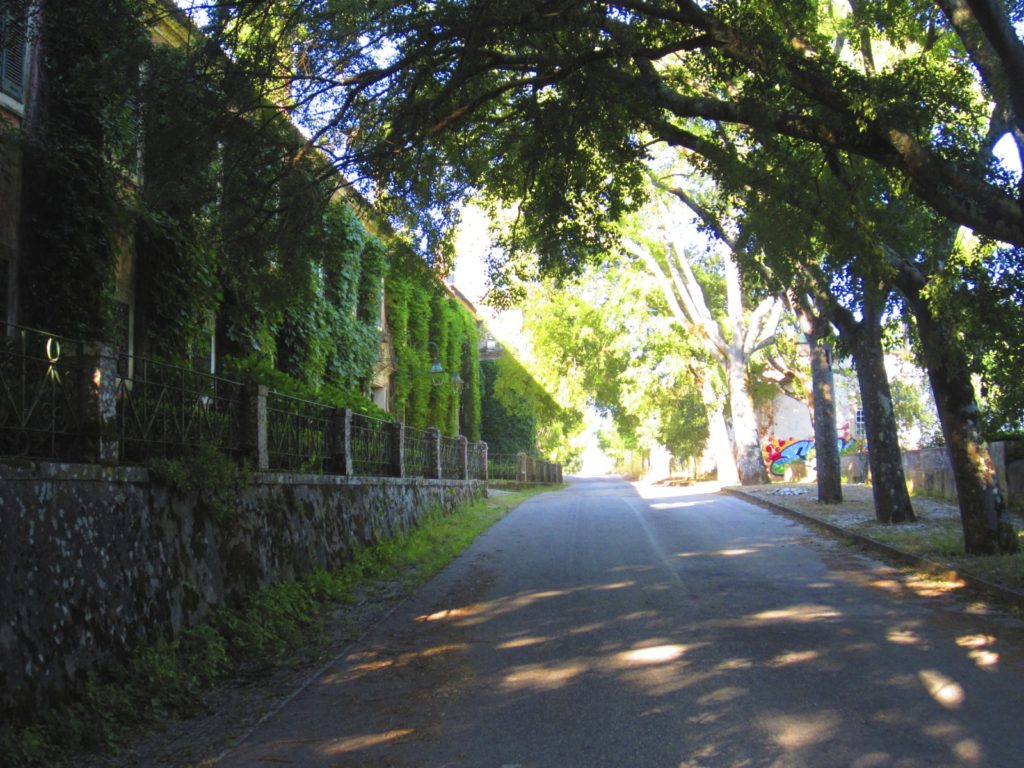
Following a restful night in a fire station, for the fifth consecutive day I had to walk 30 KM, this time to the town of Tomar, a medieval jewel that was constructed by the Templars in the 12th century, when they were granted the land following the vanquishing of the Moors. Unlike the road to Golega, the road to Tomar offered plenty of shade, and temperatures for that day tumbled from oppressive mid 30s to the more comfortable high 20s. Yellow arrows, however, were unfortunately less evident. The famed John Brierely was the author of the guidebook I had brought on this camino. I was grateful for his guidance much of the time, but found his ambiguity hair-tearingly frustrating at others.
For example, I arrived at a point on a hillside where the road split in four, and there was nothing to indicate which was the correct path to choose. Brierely’s directions, such as “fork left when you come to a tree in the middle of the woods”, didn’t exactly inspire confidence. I did what the guidebook suggested, but after ten minutes I arrived back to my original starting position. I closely scrutinised Brierely’s instructions to see if the tree I was at was the correct tree where I should turn left. I read on a little, and he mentioned steep hills and electricity pylons. I could see one of the latter in the distance, although I could see others to the left and right and behind, so I forged ahead on the middle path and put my faith that the Universe would bring me to the correct way as I was starting to lose all faith in John Brierely at that point.
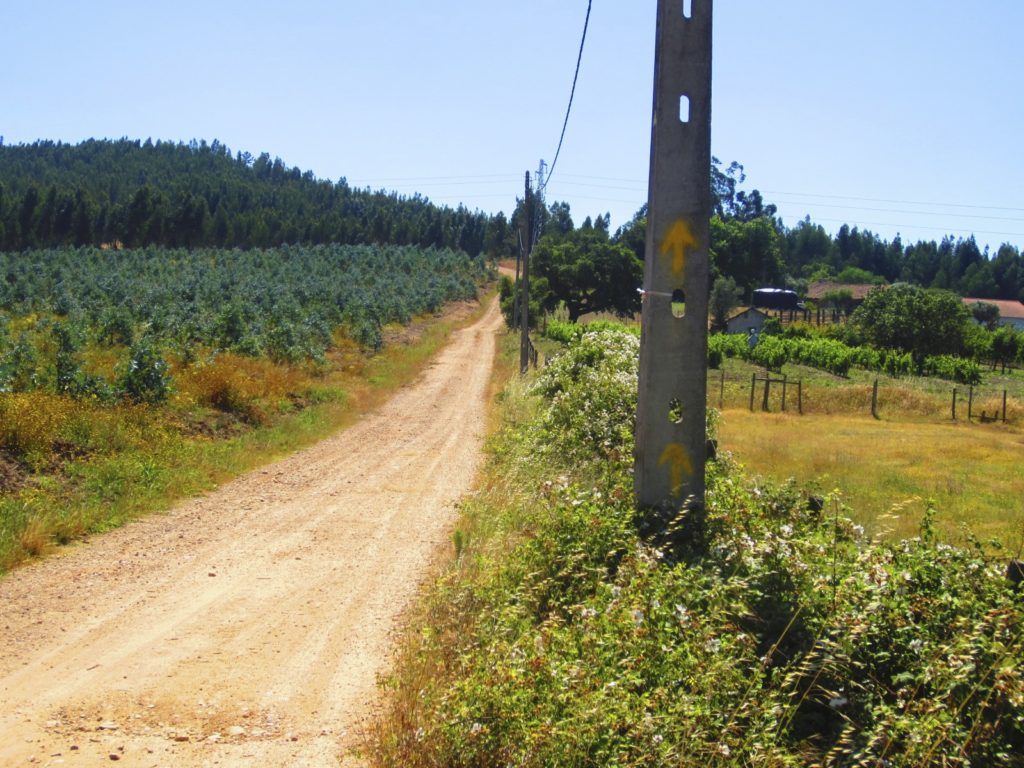
Nothing in the world indicated that I was back on track. No markings were to be seen, and the only sign of life was a group of cyclists who came charging down the hill and flew past me without acknowledging my existence. This started me wondering about the people situation in this country again. I hadn’t seen more than 19 persons since I left Lisbon. Was it simply a case that I – a foreigner – couldn’t see the locals? This may have been what was going on. The opposite might have been true as well, as perhaps the locals couldn’t see me. That would account for why the group of cyclists nearly knocked me down as I forged on towards the electricity pylons. I pressed on for a time, growing increasingly anxious that I had taken the wrong path yet again. I arrived at a steep hill, which I hoped was the one Brierely had described in his book.
As I headed up it seemed to bear more of a resemblance to a cliff face on Kilimanjaro that a hill in the Portuguese countryside. Up ahead I saw what resembled a bollard. The sun was strengthening its stance by now, and a wrong turn would have been most unwelcome. Visions of being stranded on a sun baked hillside, where no locals were about to rescue me (or could see me if they had been), while avian predators circled overhead, were entering my mind. Upon reaching the bollard I was able to make out a faded yellow arrow painted on it, which was pointing in the direction I was walking. Near death had been averted again. I consulted Brierely for further instruction about the journey ahead. “Fork left by the third tree, then fork right immediately after that,” it read. I decided to put Mr Brierely away and trusted in the Almighty to get me to Tomar.
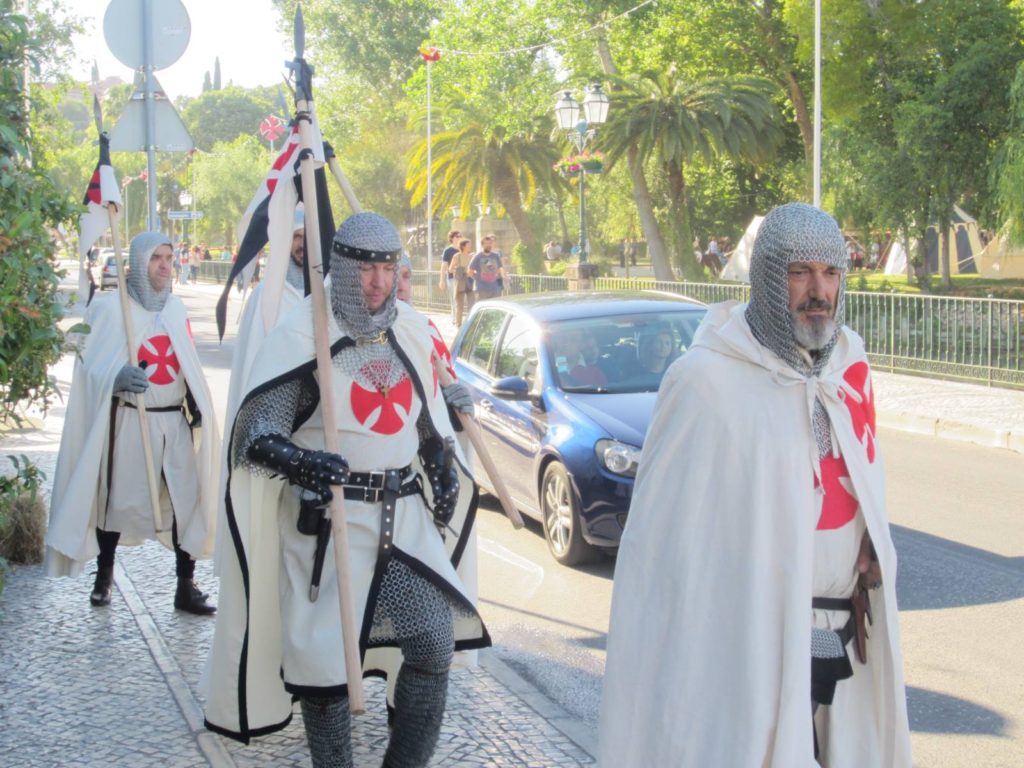
I stayed in a fire station again that night, where I was accompanied by two fellow pilgrims, Diego from Italy, and Miguel from Spain. We had no common language between us, so we just relied on what words and phrases we knew from the other’s native tongue, along with the common pilgrim’s dialect of sharing fruit, wine, chocolate or other basic commodities to communicate. Like so many simple pleasures on the Camino, it proved to be more than sufficient. The bombeiros allowed the pilgrims to sleep in their auditorium upstairs. The hall was vast and spacious, with a full stage and proscenium arch which was big enough to stage a production of ‘West Side Story’ should any of the locals be so inclined. Unlike other Portuguese towns, people actually lived in Tomar, and this weekend saw a buoyant festival celebrating its Templar past. Men clad as medieval knights were visible throughout the town, presumably dressed that way to partake in the celebrations. These festivities provided some colour and pomp following my first five days of hardship along this unforgiving route. I was a seasoned pilgrim by the time I’d reached Tomar, but the Caminho Portuguese was proving to be a far more arduous experience than my comparatively easy strolls along the Francés.
THE UNIVERSE WILL PROVIDE
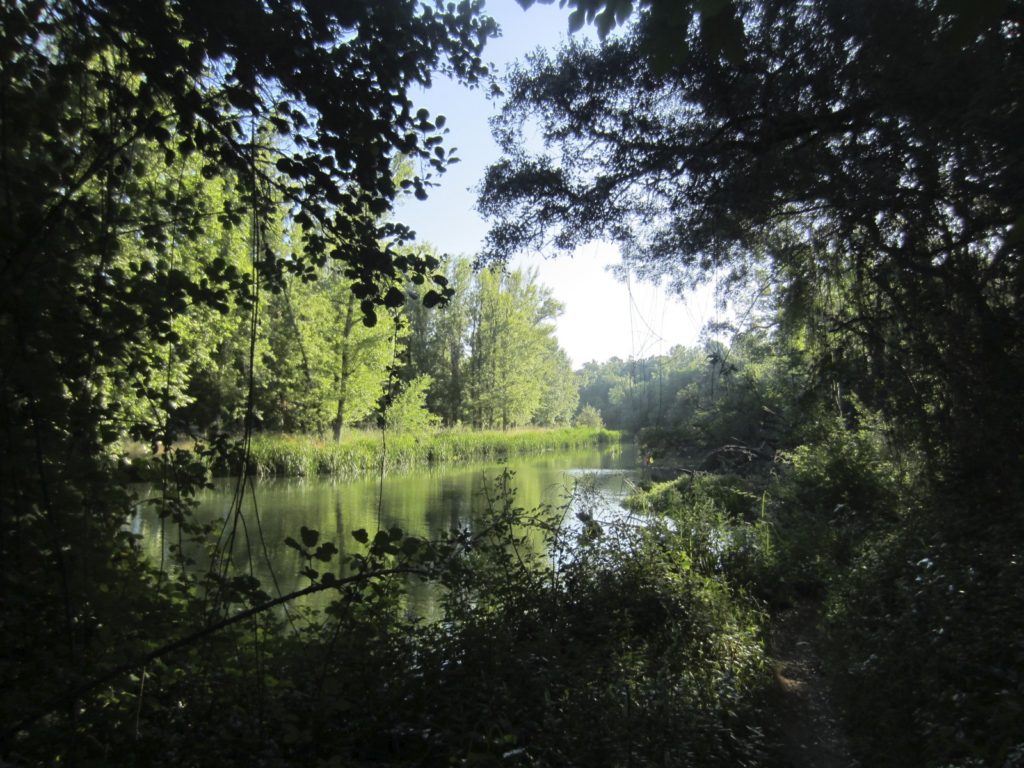
What were the lessons I needed to learn from my first five challenging days of physical endurance on this road? Firstly, quitting was not an option. If you sign on to walk the Camino, only loss of limb or decapitation is a legitimate excuse to stop. Injuries may require a day of rest, but discomfort and hardship are to be tolerated and overcome. Some days the Gods will smile at you and present you with ideal conditions in which to walk. Other days they’ll tease, provoke and confound you. When the going is good, walk on. When the going is bad, walk on. And when circumstances seem like they are at their most insurmountable, you must trust that all will be okay. In who or what do you trust? This can be a religious question, but it doesn’t have to be. Trust in the totality of all things which are. Whether you call it God, Heaven, or the Universe, it will provide guidance and aid. But above all, trust yourself and your own ability to be able to navigate the path you find in front of you.
The following day, these beliefs were put to the test once more. It was a warm sunny Sunday, where the flat plains that had been one of the Camino’s characteristic features since leaving Lisbon became a distant memory, and the path twisted and turned its way into lush countryside and thick woodlands instead. Again, barely another soul was in evidence, so I had the whole of central Portugal to myself. I buried John Brierely’s book deep within my rucksack, and hoped that the way markings would get me to where I was going. Some person had put a lot of work into arranging a series of rocks in the shape of an arrow, but pointed it in the wrong direction. Despite their better efforts, I managed to stay on track, and would do so until about 11am, when two roads diverged in the woods. The path to the right seemed the more promising of the two, and so I chose that one. At the time I didn’t even think I was making a choice. That route seemed the most logical extension of the Camino.
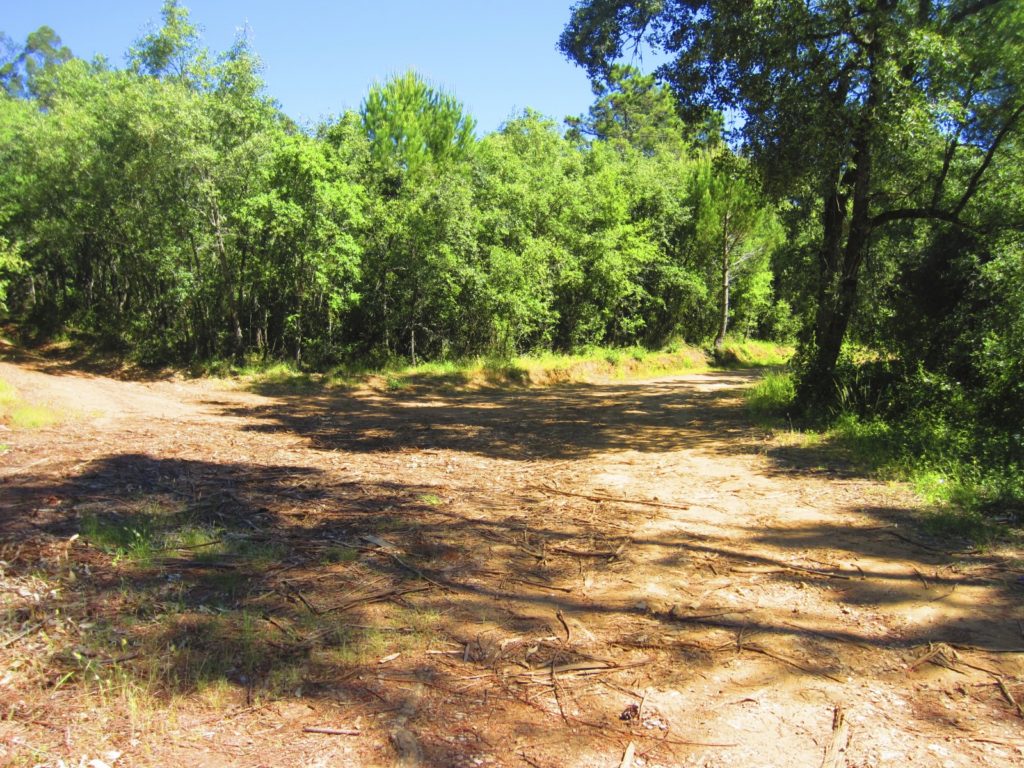
The day was hot, but not forbidding, and the woods were dark, deep and very inviting. The sandy pathway on which I was traveling enabled me to use my walking sticks to full effect, so I charged along at my standard rocket pace. I was going for about forty minutes or so before it dawned on me that, yet again, I may have been on the wrong path. I hadn’t seen any arrows, other pilgrims, or any sign of civilisation for a while, although in the case of the latter my concerns were not raised. I analysed my environment. The footsteps on the ground were all pointing in the opposite direction, and I doubted they were the shoe prints of pilgrims either. In my desperation I even turned to John Brierely for help. All the evidence suggested I was lost, but I had also walked too far beyond the point of no return. I decided I had to keep going forward if I was to find the way back.
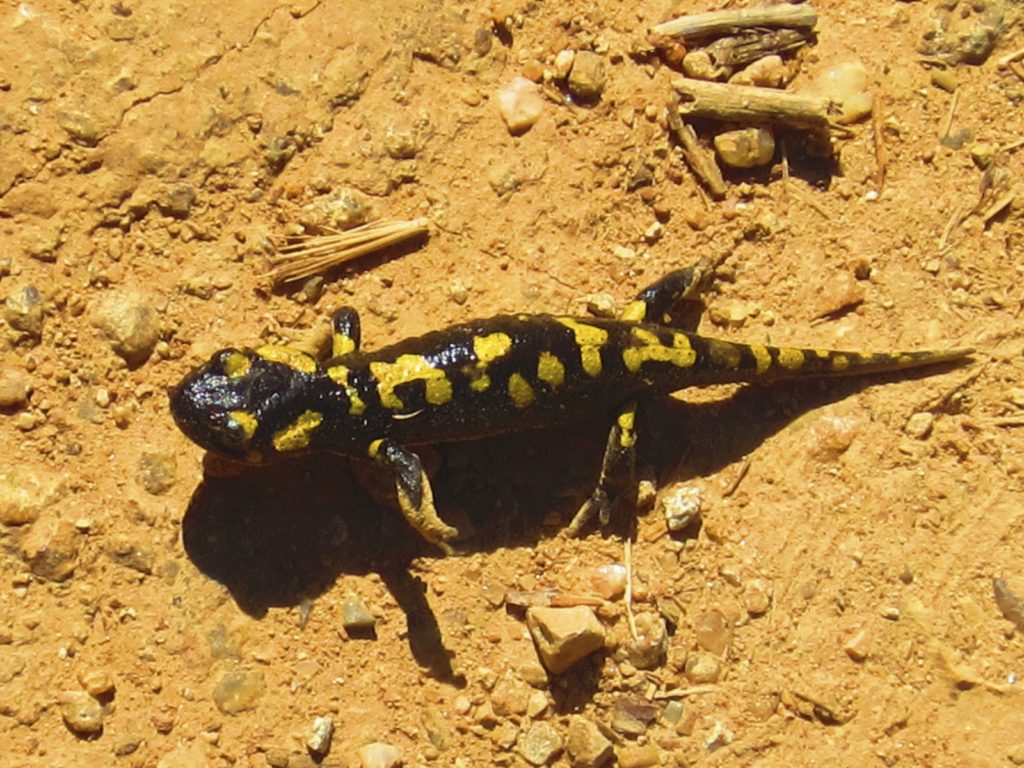
As I trundled on, all I encountered was more footsteps leading back the way I’d come, with the occasional dead lizard interspersed in between. The sun was reaching its peak now, and I was running low on water. I eventually came across a house in the woods which looked like the sort of place Little Red Riding Hood’s grandmother had lived in before the Big Bad Wolf had eaten her up. I knocked on the door and hoped that some friendly local would emerge and show me the right way back. There was no answer. I turned to John Brierely again. His book contained a map of this stage, although, given the fact that I had wandered off route, trying to determine where I was on the map was proving to be a challenge. The environs all around indicated that I had stepped into ‘The Blair Witch Project’, and I felt there was a strong possibility that I would meet the same fate as the characters in that highly overrated film, with just my journal and camera being recovered many years after I had disappeared without a trace.
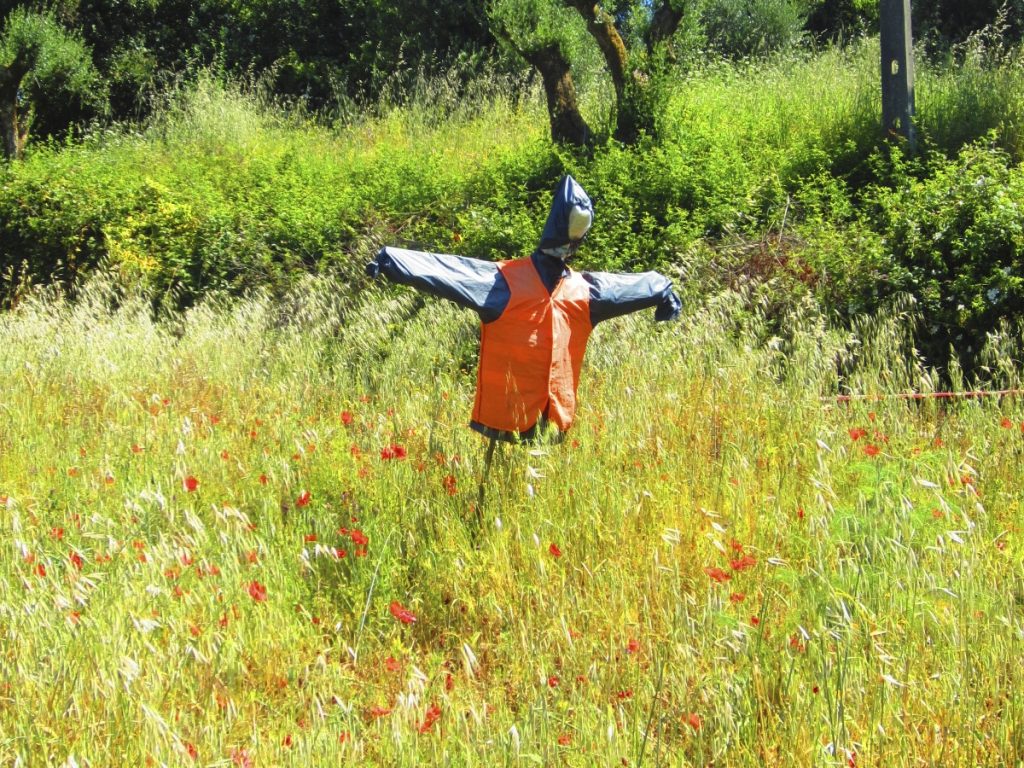
A yellow arrow. A yellow arrow. My kingdom for a yellow arrow. I guesstimated my location from the map and heading in the direction I hoped would bring me home. After trundling on for what seemed like hours, with my cortisol levels rising, and my supplies of water diminishing, like a beacon of light in a dark, dying world, an arrow appeared. Now that I was back on track, securing water was my next goal. Alvaiazere was my destination for that day but it was still a good ways away. Though I now was on the right road, my energy started to sap as my hydration levels fell. I hadn’t quite reached the stage of having hallucinations, but I felt a bit like John Mills in that great war film ‘Ice Cold in Alex’, who dreams of imbibing a cold glass of beer once he gets out of the desert. I walked past an endless series of seemingly empty houses, many of which had full swimming pools or active lawn sprinklers, all tantalisingly just out of reach. Brierely indicated there was a fountain nearby. I was foolish to think one would appear. One didn’t.
Now, operating solely on adrenalin, I marched on through another forrest for a few more kilometres. My whole body was starting to overheat, and the only thought that went through my head was water, water, water. Pilgrimages force us to live outside our comfort zone, and sometimes they push us far away from the core of our sanity. In moments like these the brain shifts from its thinking mode to its instinctive function. There was no time to dwell on past or future, no room for anger, grief or pancakes, just present conditions of survival. If the Camino Finisterre had taught me that walking in rain was a good way to be present in the moment, then the Portuguese said the same about dehydration. I passed by a church and a small cluster of buildings at the other end of the woods, with no source of water, and then the trail led onto a main road for a short stretch. Brierely indicated I needed to take the first left to continue along the camino, although his map showed the presence of a petrol station a little further along the main road. Could that petrol station be a source of water? Was it worth taking the detour?
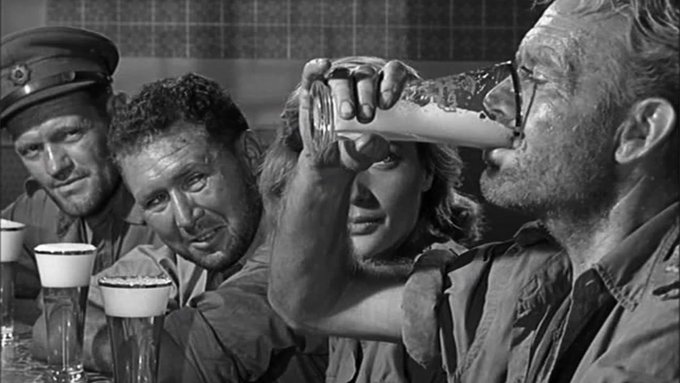
As it transpired, the station wasn’t too far away. I could see it from the turn off, although given the heat and my dehydration it might have turned out to be a mirage. I would walk up to it, touch it, and then it would turn to sand. The buzzards were biding their time. I thought I’d take the chance none the less. When I got there all I could see was a series of petrol pumps. Plenty of liquids seemed to be for sale, but they were mostly of the flammable nature. There was a shop attached, but it looked like it only sold car accessories. I went inside in the hope that they had some consumables as well. The shop sold oil, tyres, seat covers, alloy wheels, windscreen wipers, and, lo and behold, water. Cool, clear water. At that moment, there was no gift that I could have received that would have been more welcome. I purchased a litre bottle, and drank deeply. I felt the cool liquid trickling down my parched throat and soothing my desiccated insides. All was well with the world. I even sensed a song coming on, so I paid for another bottle and returned to the camino with a spring in my step.
Life on the Camino is a series of obstacles in between long periods of smooth walking. Running out of water, getting lost, enduring intense heat or rain, and occasional wild and angry dogs (or locals) are to be met on the road along with friendly dogs, flowing water fountains and the kindness of strangers. The bad is the corollary of the good, and is part of the reason to walk. The Camino tests your character, but it always gives you what you need when you need it the most. I wandered on that day through vast stretches of scorched countryside. I sat down on a stone wall to eat the remainder of the food that I had, knowing that by doing so I would have to go and hunt for something to eat for tomorrow’s breakfast. I worried a little about it, but I consoled myself with the belief there was little point in worrying about the things of tomorrow. When that time came around, the Universe would provide again.
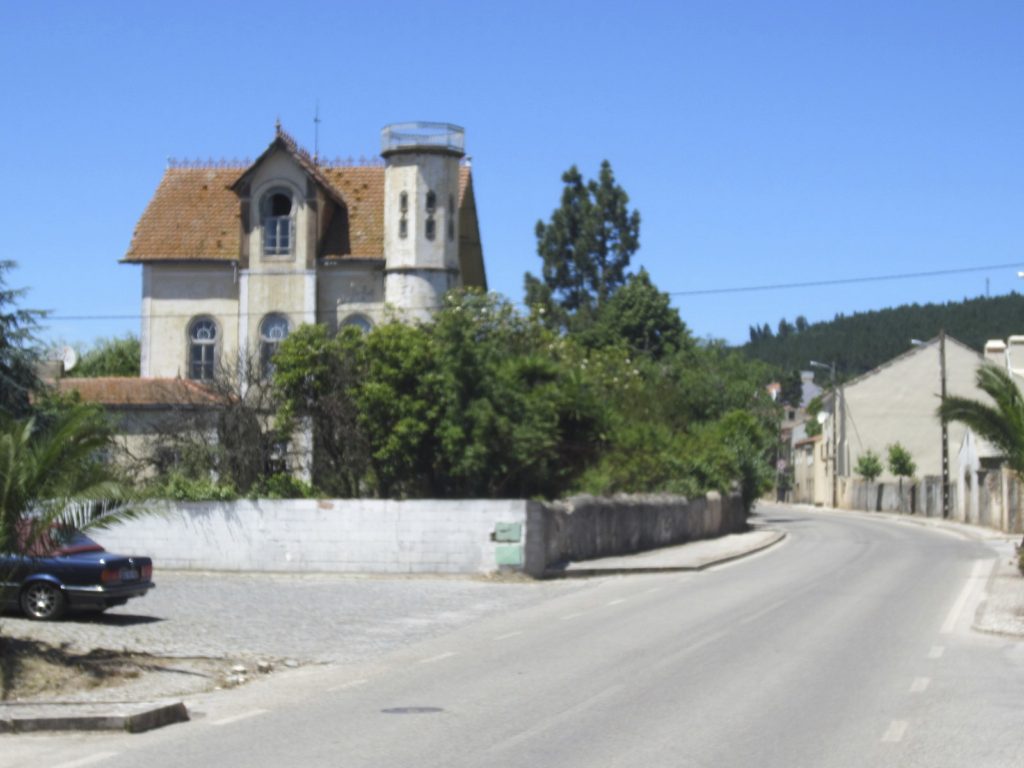
A tedious walk along cobblestoned country lanes brought me closer to Alvaiazere. On that way I was reminded that cobblestones are very pretty to look at, but walking barefoot on broken glass would be more pleasant. Alvaiazere was another town with Templar connections. Its name came from Arabic, meaning land of the falcons. Falcons, like people and water, were nowhere to be seen in this town. Brierely’s book mentioned an albergue in the centre, so I sought this out. Failing that, there was a fire station nearby. Signposts hinted at shops and markets, but the ones I saw were closed up for the day. I wandered around for a while before I came upon the albergue. The shutters were drawn and the door was closed. No sign of life stirred, but none of this came as any surprise to me. I knocked at the door. No reply. I tried again. Same. I was about to give up and call out the bombeiros to come to my rescue, when a man appeared out of a window on the second floor.
“Wait just a moment,” he said. “I’ll be right down.”
A few minutes later he called me inside. The man introduced himself as Carlos, and he told me how he had transformed this private dwelling into an albergue for the increasing number of pilgrims passing through. He said he had a special room for me, he could also supply breakfast the following morning for a small fee, thus solving that dilemma, and he showed me where to go for my evening meal. Three hours earlier I was lost, thirsty and ready to become vulture food, but now the Camino had cured all those ills.
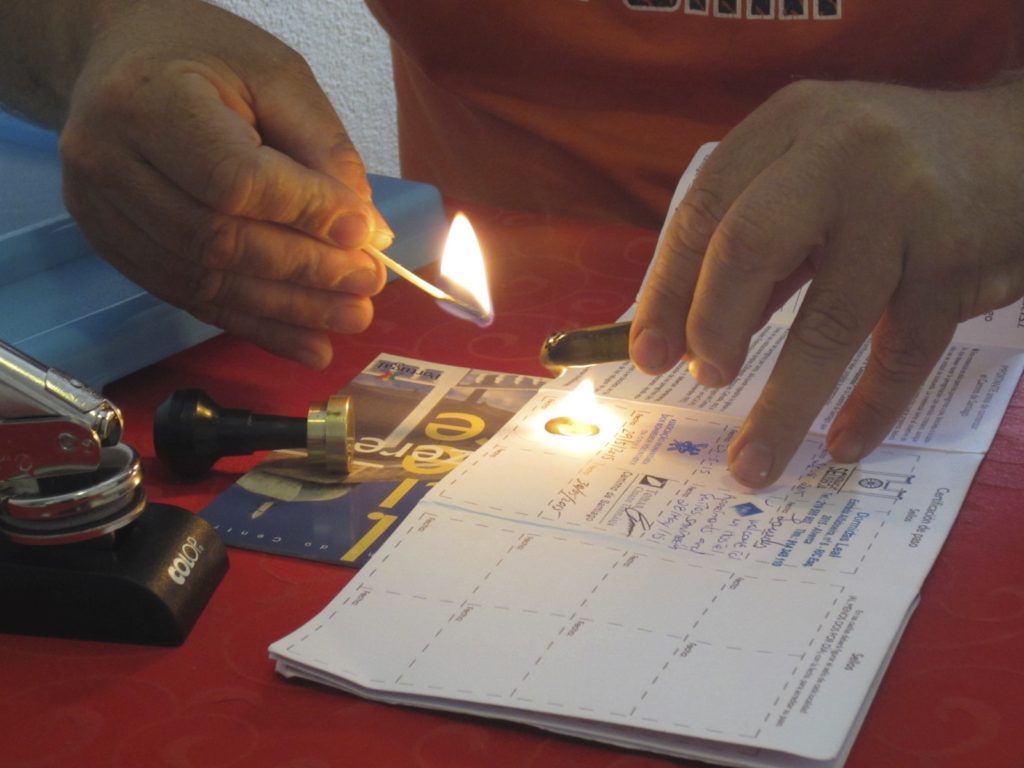
Carlos gave all pilgrims a special stamp on their credencial made from melted gold wax. It stood out amongst all the other ink stamps I had accumulated, but it did stick to the pages and disintegrated over the next few days. As Carlos was showing me to my room, a man in the bedroom next door called out to me. “Hola, John.” It was Diego, who had also been in the fire station in Tomar the previous night. He, along with his colleague Miguel, had got seriously lost in the woods that day too.
Carlos brought me down the corridor and showed me to my room.
“This is a very special room,” he said. “I named it after one of my most special guests.”
I looked up at the plaque over the door. It read, ‘John Brierely’. I smiled to myself.
“He’s a very special man,” Carlos continued. “He stayed in this very room.”
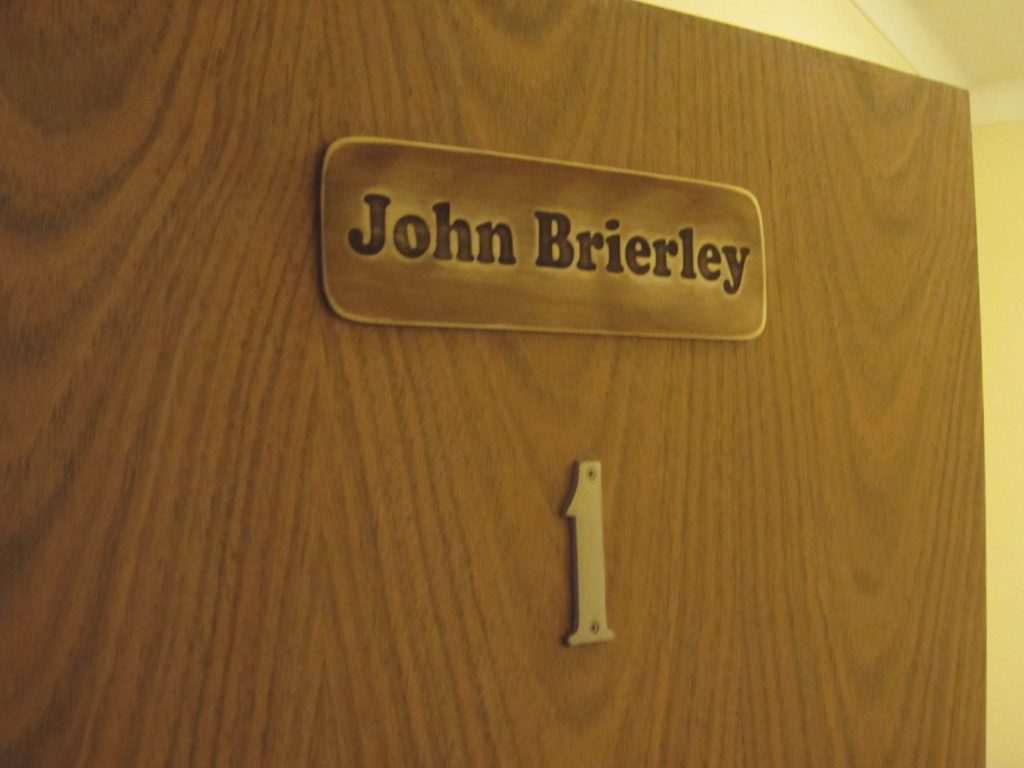
The room was as nice as Carlos had suggested. I took off my boots and lay back on the bed. I will sleep well here tonight, I thought to myself. And there wasn’t much chance of my getting lost, even if John Brierely’s spirit and cryptic sense of direction pervaded the room.
A welcome reality check for me..,I am starting the Portuguese Way on September 2nd. This was a call to pause and determine my resolve.
I hope you have a mailing list to join. Your writing is fabulous. I have the fear of God and the indomitable Connelly spirit to thrive
Thanks, Cathi. Best of luck with your camino. I should have part 2 available soon. If you have any questions, I’d be happy to help.